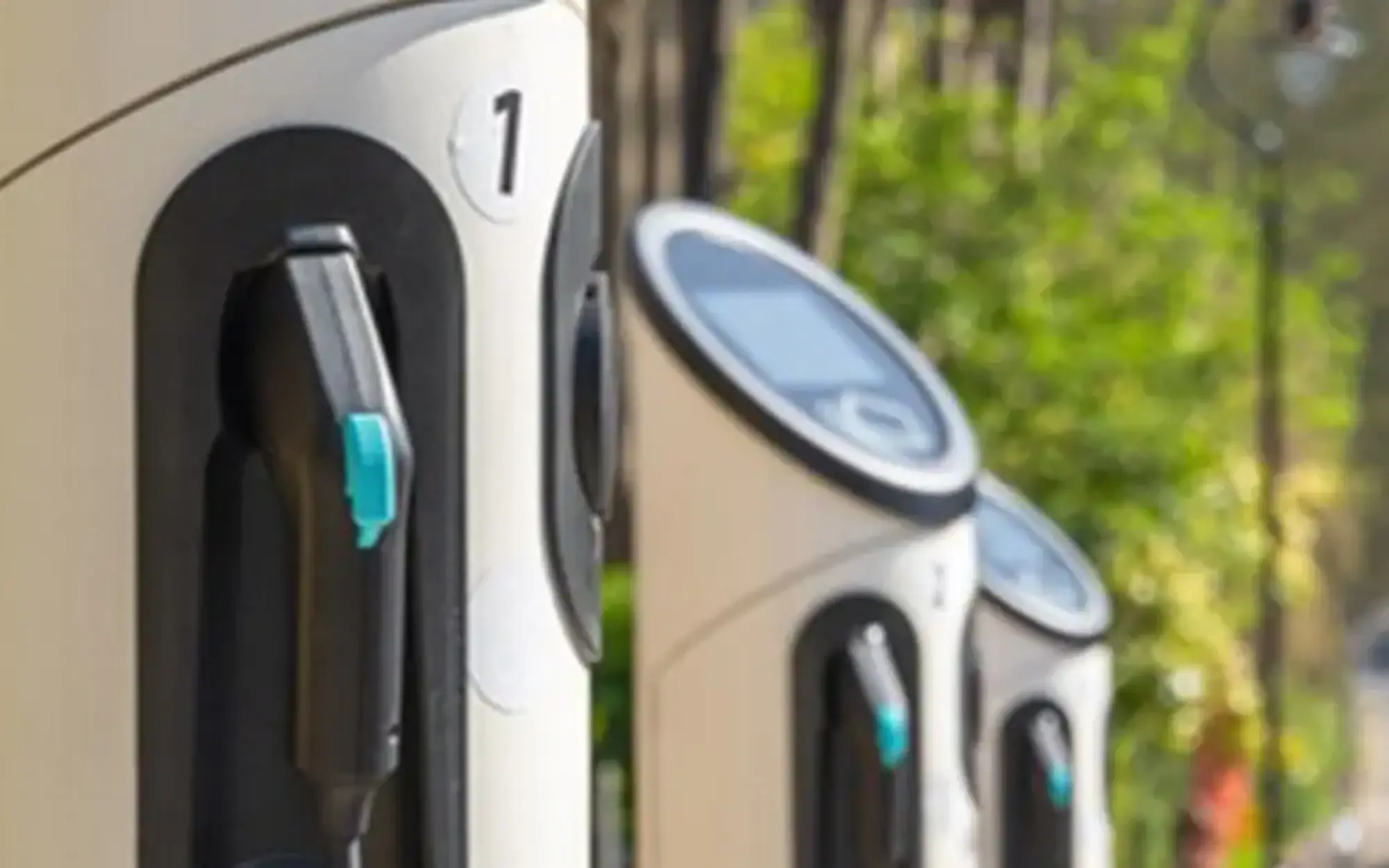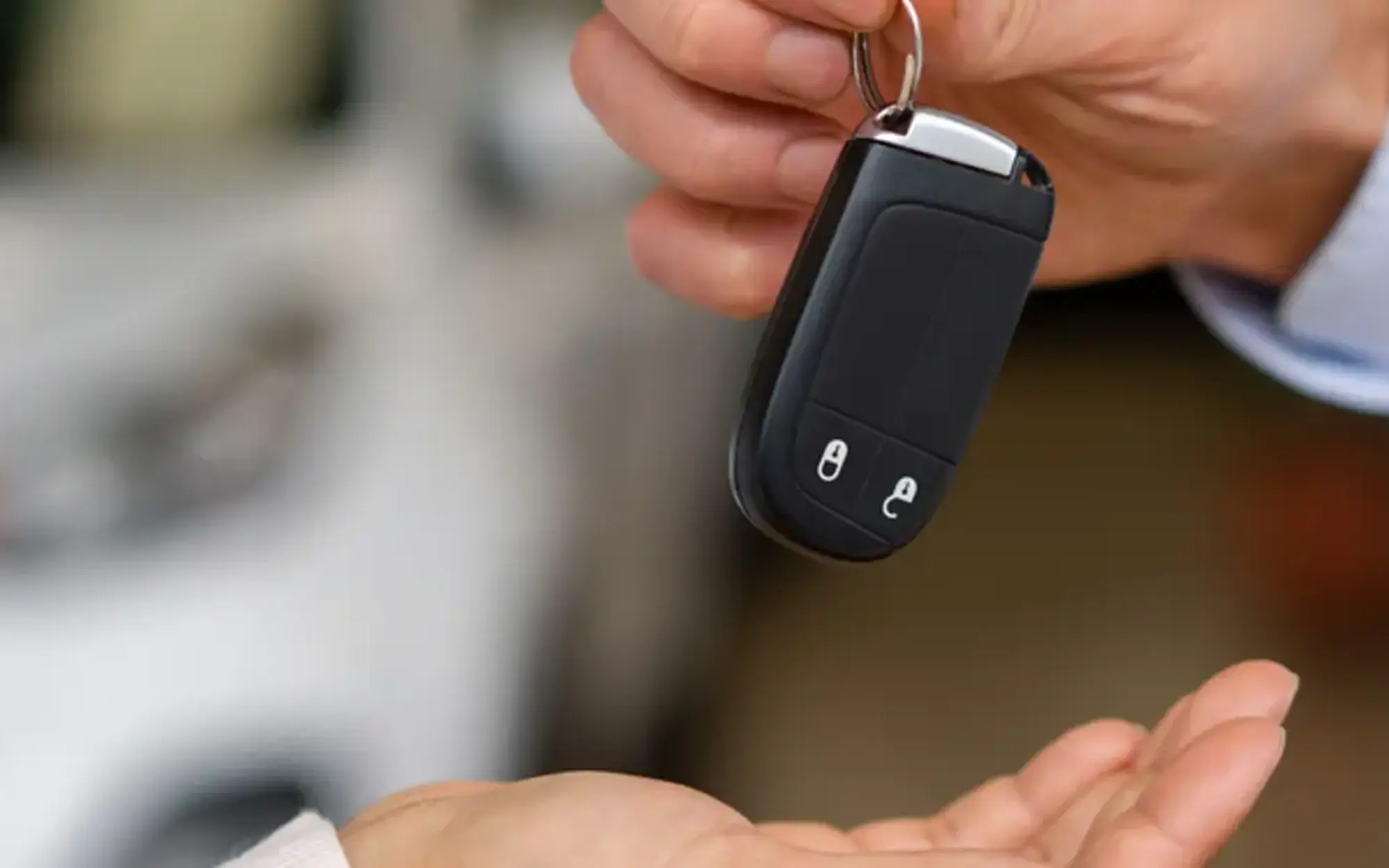
BIK Tax?
Any benefit that you can use in your personal time as well as during business hours, such as a vehicle, is considered a perk and HMRC will require you to pay tax.
What is Benefit-in-kind tax?
Any benefit that you can use in your personal time as well as during business hours, such as a vehicle, is considered a perk and HMRC will require you to pay tax. The type of tax HMRC requires you to pay is called benefit-in-kind, which is often abbreviated to BIK.
Benefit-in-kind (BIK) are perks or fringe benefits that are given by employers but are not included in the employees salary. They can include company cars, private medical insurance and child care vouchers.
Some benefit-in-kind perks are tax free, for example: free meals, cycle to work schemes and in-house sport facilities. But, other perks will require you to pay tax.
The amount of BIK tax you’ll need to pay is defined by HMRC, which can either be the cash equivalent of the service or goods, or is calculated by specific rules.
One of the most common taxable benefit-in-kind perk is the use of a company car.
What does Benefit-in-kind mean?
Benefit-in-kind essentially means you will have to pay tax on any vehicle given to you by your workplace.
Depending on the vehicle you receive, or choose, the tax payable could be a considerable amount.
What is BIK tax on a company car?
A company vehicle is considered to be a taxable perk and results in the owner of the vehicle paying a benefit-in-kind tax value.
The amount of BIK tax you’ll pay will be broken down into certain pay brackets which consider the environmental impact of the vehicle and the P11D value of the car.
BIK tax rates are determined in part by using the amount of CO2 emissions the car releases. There will be 18 emission bands, as of 2019/20, which you can find in the table below.
* Cars that meet the standard Real Driving Emissions Step 2 (RDE2) are exempt from 4% diesel surcharge
Although the amount you’ll pay is primarily determined by the emission band, it also considers the price of the vehicle before non-taxable items are added.
Non-taxable items include the registration fee, first-year VED road tax and any add-on mod con installations.
This is evaluated along with your personal tax rate and type of fuel you’ll use. All of these factors will be calculated together to give you the overall amount of tax payable for that financial year.
How do you calculate Bik?
Use the BIK calculator in this article to work out how much benefit-in-kind tax you’ll need to submit annually to HMRC. This will make sure you’re being as accurate as possible.
The calculator will consider these variable factors: the retail price of the car, the CO2 emission band the car falls in and your personal tax percentage.

* Cars that meet the standard Real Driving Emissions Step 2 (RDE2) are exempt from 4% diesel surcharge
Although the amount you’ll pay is primarily determined by the emission band, it also considers the price of the vehicle before non-taxable items are added.
Non-taxable items include the registration fee, first-year VED road tax and any add-on mod con installations.
This is evaluated along with your personal tax rate and type of fuel you’ll use. All of these factors will be calculated together to give you the overall amount of tax payable for that financial year.
If you’re finding that the tax amount is too high, there are ways in which you can reduce the amount. To lower the amount of BIK tax you have to pay, you could choose to change your vehicle.
If you choose a cheaper model or a more modern vehicle that falls into a lower CO2 emission bracket, your tax could be cheaper.
Business Breakdown Cover
Keep your business moving
Pay monthly from £11.00 per vehicle – exclusive to the RAC




